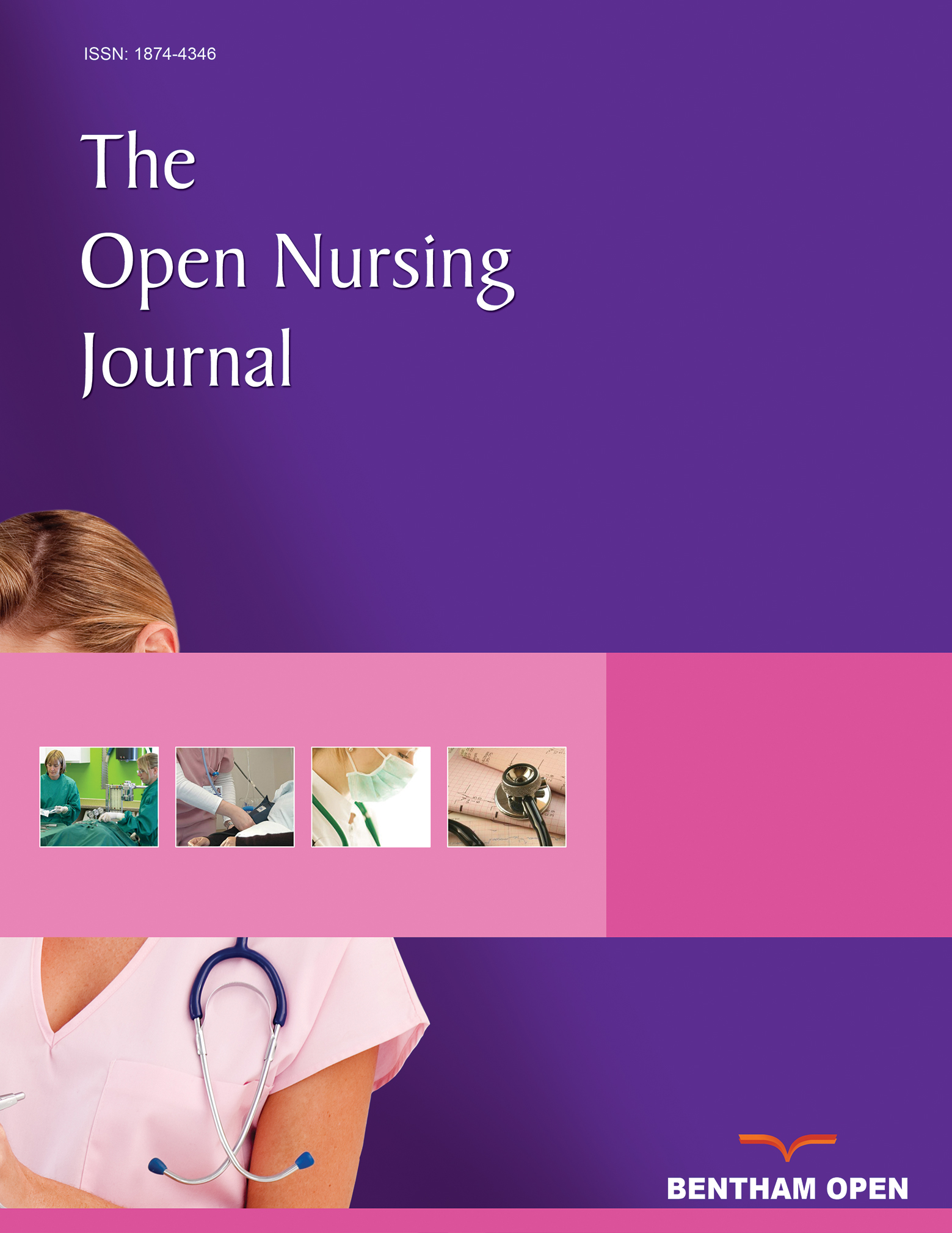Anchoring Vignettes in EQ-5D-5L Questionnaire: Validation of a New Instrument
Abstract
Background:
Health Related Quality of Life (HRQoL) is an indicator of patient's physical, psychological and social life. HRQoL is influenced by experience, beliefs, perceptions and expectations, and measures subjective perspective of the patient himself. EQ-5D-5L and SF-12 questionnaires are validated instruments useful to measure HRQoL, increasingly administered in electronic formats.
Objective:
The main purpose is to evaluate the feasibility of anchoring vignettes for the EQ-5D-5L questionnaire, with the aim to improve intergroup comparability of responses among different subjects. A comparison with SF-12 questionnaire is carried out.
Method:
This is a cross-sectional study conducted at the ambulatories of cardiology of the University Hospital of Padova, in Italy. Thirty-eight subjects with a diagnosis of cardiovascular disease or at risk of cardiovascular disease were enrolled. A factorial analysis has been performed to assess the convergent validity of EQ-5D-5L questionnaire compared to Sf-12. Moreover, a compound Hierarchical Ordered Probit (Chopit) model has been estimated to evaluate if the questionnaire form affects the subjective evaluation process in order to compare EQ-5D-5L with and without vignettes.
Results:
Correlation and factor analysis demonstrate that EQ_5D questionnaire is coherent with SF-12 in paper format. Chopit model estimation shows that questionnaire format does not affect the subjective question interpretation. Moreover, in a parametric model including vignettes, education attainment, disease severity, and gender are predictors of HRQoL status.
Conclusion:
The EQ-5D including vignettes in electronic format seems to be a valid tool to measure HRQoL as compared to EQ-5D without vignettes in paper format and to SF-12 questionnaire.


